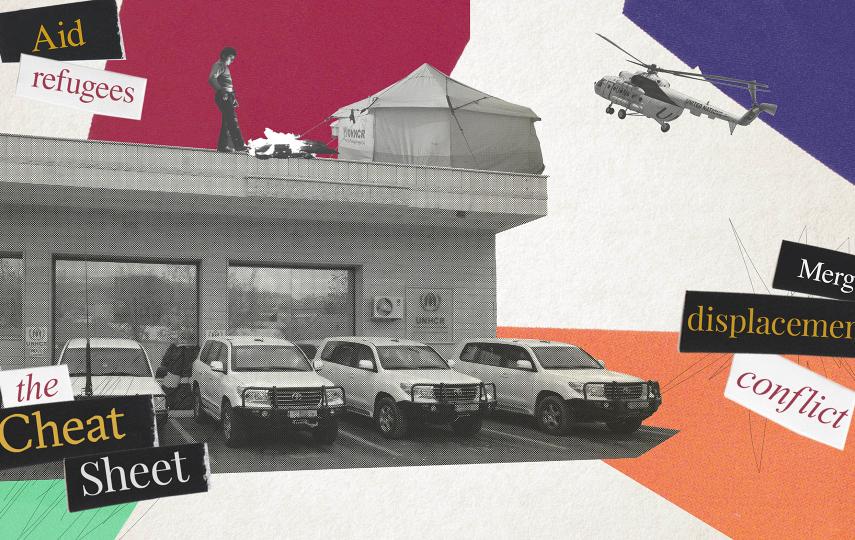Eastern Sri Lanka is beginning to dry out from heavy flooding brought on by monsoon rain during much of December which at its height caused the displacement of 250,000 people, according to government officials.
Farms, infrastructure and houses have been damaged, and public health and other concerns remain, but the majority of people displaced by the floods have returned home.
“We will need assistance for the reconstruction of houses,” N. D. Hettiarachchi, director at the National Disaster Relief Services Centre, told IRIN. “At the moment we are assessing the damage. And so far there have been no reports of epidemics or threats of them breaking out, but we are keeping a close look.”
Hettiarachchi said US$350,000 was available from the government to provide immediate assistance, including the provision to the affected communities of hot meals for several days and dry rations thereafter.
The flood-hit districts include Ampara, Trincomalee Badulla, Batticaloa, Jaffna, Mullaitivu, Kilinochchi, Polonnaruwa, Ratnapura and Anuradhapura.
Longer-term concerns
The UN Office for the Coordination of Humanitarian Affairs (OCHA) conducted an assessment mission on 27 December and cautioned that even though the water was subsiding there were longer-term concerns. They include contaminated wells, loss of household goods and health concerns associated with water-borne diseases and snakes.
The government agent in Batticaloa indicated that the government would cover the district’s main food needs but requested support from Batticaloa-based agencies to address urgent non-food relief items, according to an OCHA situation report released on 27 December.
Batticaloa District dealt with a massive influx of internally displaced persons between March and June 2007, and some of these still in camps were displaced once again by the floods, according to Batticaloa District officials.
Most families have returned home
 Photo: UNOCHA Sri Lanka  |
| A map of flood-affected area |
According to some relief agencies parts of the main access roads to Batticaloa have been damaged and so have hundreds of houses in Batticaloa and adjoining districts.
“Farms, roads, and other infrastructure have been heavily damaged, and there have been reports of one death and 3,924 fully and partially collapsed homes,” the Japan International Cooperation Agency (JICA) said. JICA sent relief material worth 14 million yen ($120,000) to Sri Lanka last week.
Hettiarachchi said reconstruction work would only begin after damage assessments had been completed. “The water has subsided and now we are assessing the damage,” he said.
ap/bj/cb/bp
This article was produced by IRIN News while it was part of the United Nations Office for the Coordination of Humanitarian Affairs. Please send queries on copyright or liability to the UN. For more information: https://shop.un.org/rights-permissions





